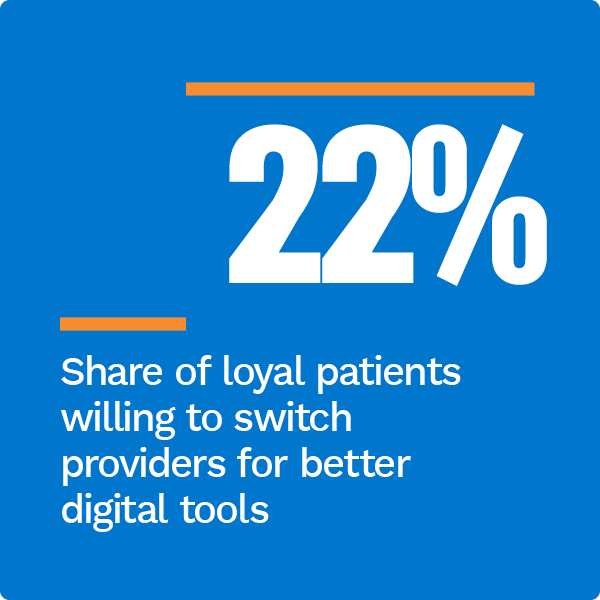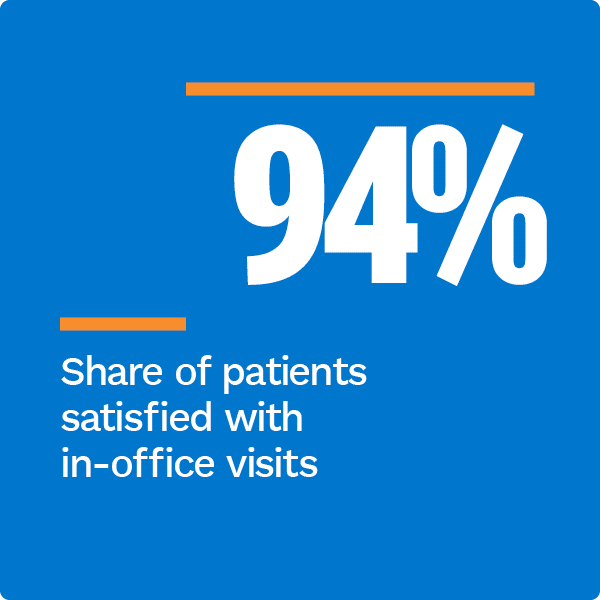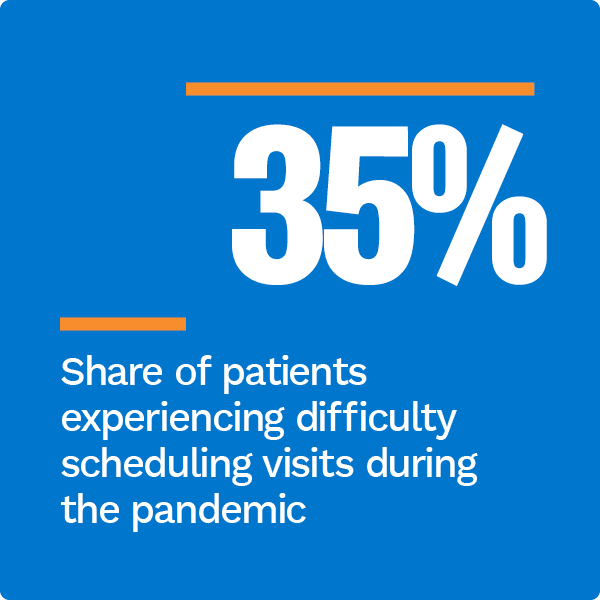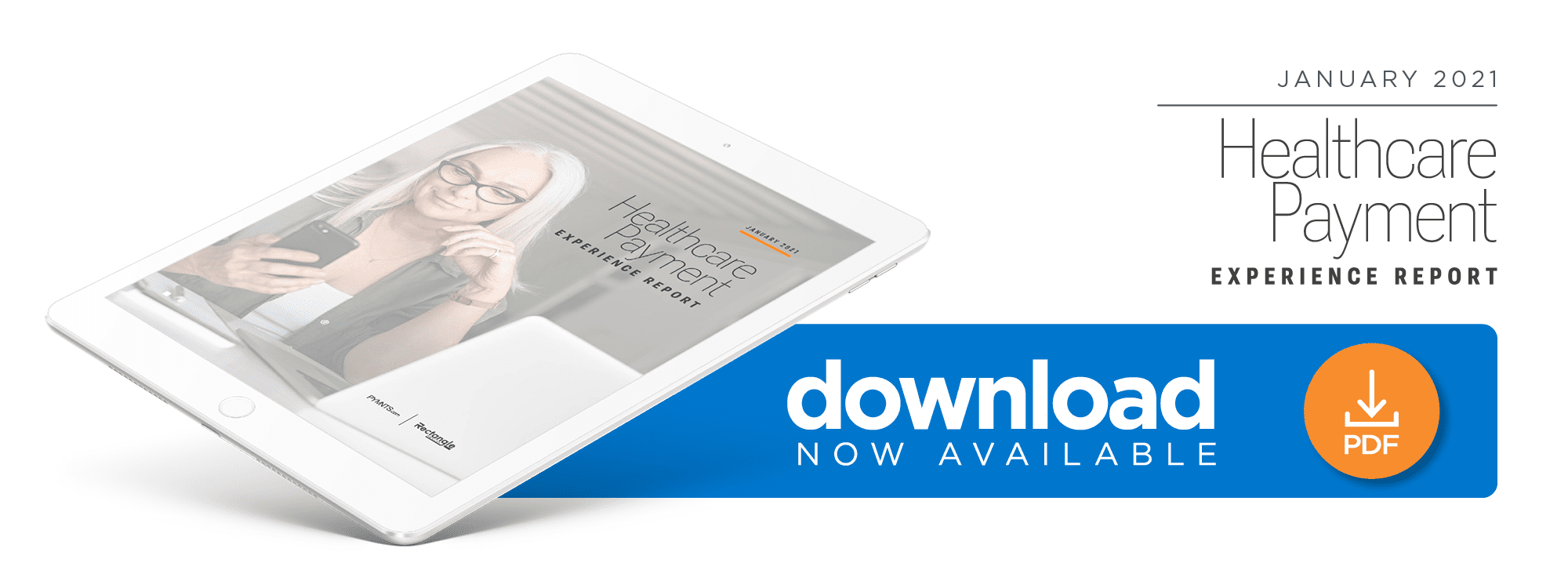NEW DATA: Flexible Healthcare Payments Provide Critical Care To Patient Satisfaction

The friction inherent in the basic operations of many healthcare services — from complex payment processing methods to inconsistent appointment management practices — became more salient against the backdrop of the pandemic.
Healthcare providers needed to remove the barriers to swift, timely payments and to determine how to keep patients coming into the office or making telehealth appointments, despite the pandemic’s catastrophic impact on in-office healthcare access.
 Among healthcare providers, there was a marked shift in emphasis toward better consumer experiences in 2020, a move that was perhaps equal parts altruism and fiscal savvy. Every patient appointment was a potential minefield of lost opportunities for customer engagement. A missed appointment or an unnecessary obstacle at time of payment could mean a patient might not be seen for months, further draining already strained provider income.
Among healthcare providers, there was a marked shift in emphasis toward better consumer experiences in 2020, a move that was perhaps equal parts altruism and fiscal savvy. Every patient appointment was a potential minefield of lost opportunities for customer engagement. A missed appointment or an unnecessary obstacle at time of payment could mean a patient might not be seen for months, further draining already strained provider income.
The Healthcare Payment Experience Report, a collaboration with Rectangle Health, collected more than 2,000 responses from patients to reveal what changed about their experiences in 2020. Patients saw themselves as empowered healthcare consumers, not just the recipients of care. They wanted choices — from how they paid their bills to how they kept track of their appointments — and they were willing to leave their trusted primary care physician to find it.
 The PYMNTS survey also showed that 22 percent of patients who described themselves as “very” or “extremely” loyal to their healthcare providers would choose a new physician that offered better digital healthcare management tools, such as digital appointment reminders. Patient willingness to switch healthcare providers is not based on an underlying dissatisfaction with the quality of their time with their care provider; 94 percent expressed satisfaction with in-office visits, in fact.
The PYMNTS survey also showed that 22 percent of patients who described themselves as “very” or “extremely” loyal to their healthcare providers would choose a new physician that offered better digital healthcare management tools, such as digital appointment reminders. Patient willingness to switch healthcare providers is not based on an underlying dissatisfaction with the quality of their time with their care provider; 94 percent expressed satisfaction with in-office visits, in fact.
Patients have begun to see their entire healthcare experience through the eyes of a paying customer. Now, healthcare providers have to work to maintain loyalty just like any other brand. That also means that many healthcare providers have to enhance their value proposition beyond simply providing high-quality medical services. The onus is on health services to make regular care easier to pay for and access irrespective of the patient’s location. The majority of patients want their healthcare providers to be more like online retailers, providing payment plans (63 percent) when their bills topped $1,200 and digital reminders (54 percent) to keep them up to date with notifications, for example.
 Despite the importance of consumer experience in maintaining patient engagement during the pandemic, many healthcare providers failed to respond adequately to consumer needs. The survey found that in addition to the 30 percent of patients who visited their provider less in 2020, 35 percent of patients reported that they had difficulty scheduling an appointment with their provider since the pandemic began. Many of these missed opportunities to rekindle patient engagement are simple — such as implementing a digital appointment reminder option — but others, like offering payment plans to new patient groups, may require a more significant pivot in fiscal thinking.
Despite the importance of consumer experience in maintaining patient engagement during the pandemic, many healthcare providers failed to respond adequately to consumer needs. The survey found that in addition to the 30 percent of patients who visited their provider less in 2020, 35 percent of patients reported that they had difficulty scheduling an appointment with their provider since the pandemic began. Many of these missed opportunities to rekindle patient engagement are simple — such as implementing a digital appointment reminder option — but others, like offering payment plans to new patient groups, may require a more significant pivot in fiscal thinking.
To read why the customer experience has become so important to patients’ healthcare journey and how providers can drive loyalty, download the report.
